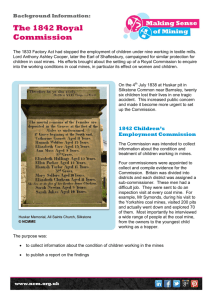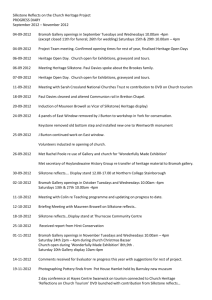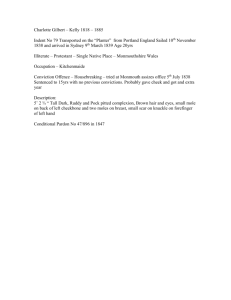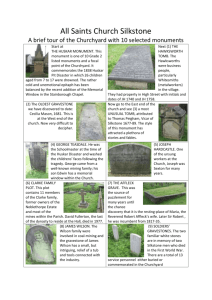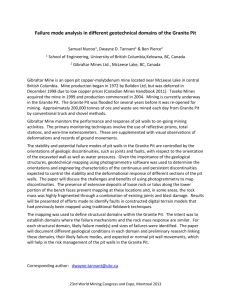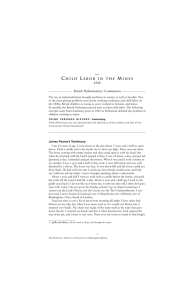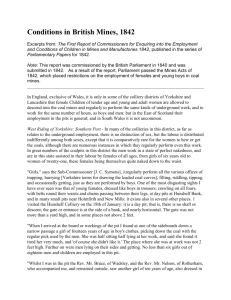Victorian Powerpoint - Mantle of the Expert.com
advertisement
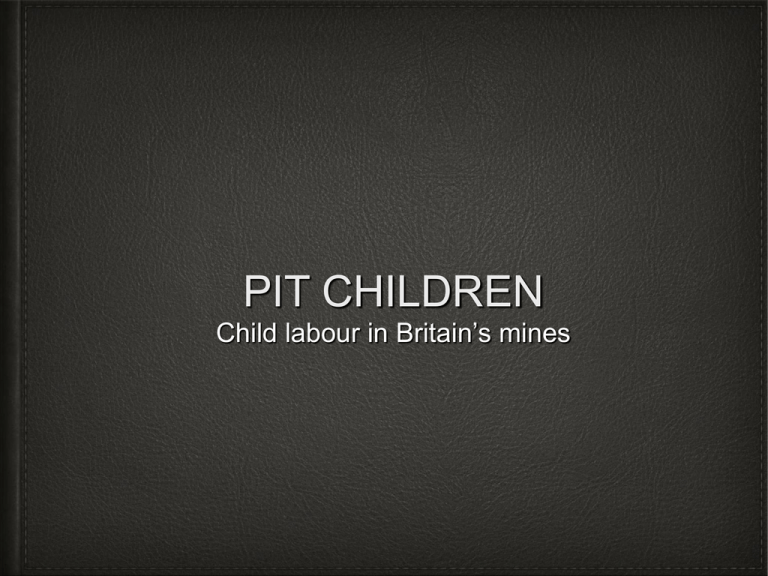
PIT CHILDREN Child labour in Britain’s mines - I am … - I am … years old. - I am a Trapper. - I have…. - My mother …, my father… - I have… Sisters and … brothers. - They have been… - I have been… - The mine owner does not pay me enough. The Husker Pit disaster, 1838 - why 26 children died Listener's query "I saw a monument in Silkstone churchyard near Barnsley to the people who died in the Husker mining disaster. They were all children. Why was this? What happened?" Brief summary The 4th of July 1838 was a dreadful day in Silkstone's history. It was when 26 children between the ages of 7 and 17, working as 'hurriers' and 'trappers', were drowned after the dayhole through which they were attempting to escape from the Husker (or Huskar) Pit at Moorend was flooded. This happened during a summer thunderstorm when a clap of thunder was mistaken for an explosion. Forty-four children were working below ground and, ignoring instructions to stay where they were, they decided that, if there had been an explosion, the dayhole was a quick and safe way out. A dayhole is an old mine seam which has been dug out and the hole left. No one had thought to shut down this potentially dangerous old working. Rather, as it zigzagged its way down three-quarters of a mile to the coalface, it was used as an alternative route. However, as the children neared the surface, a nearby ditch flooded and the water poured into the dayhole. Twenty-six children died, their mangled bodies thrown together. Later, the bodies were brought back into the village in carts. Silkstone was devastated, and the accident shocked the country. A report was published in The Times, and the wider British public learned for the first time that women and children worked in the mines. There was a public outcry, led by politician and reformer Anthony Ashley Cooper, later Lord Shaftesbury. He called for a Royal Commission inquiry into the working conditions of children and women in Britain's mines

